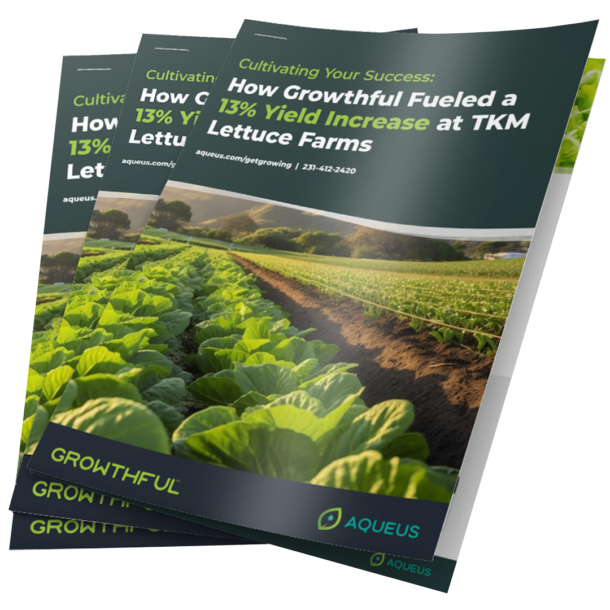
In recent years, a quiet revolution has been stirring in fields across America and beyond. It’s not just about growing more — it’s about growing better. At the heart of this movement is regenerative agriculture, a system of farming that goes beyond sustainability by actively restoring and revitalizing the health of our soils.
From Conservation to Regeneration
For decades, the conversation around soil health has focused on conservation — slowing the degradation, preventing erosion, reducing tillage. These practices are valuable, but today’s farmers are taking it a step further. They’re not just trying to preserve what’s left — they’re rebuilding what’s been lost.
Regenerative agriculture centers on restoring soil’s natural biology, structure, and fertility. It emphasizes practices that stimulate microbial life, enhance nutrient cycling, and improve water retention. But it’s not just about cover crops and compost anymore — modern regenerative farmers are adopting innovative biological and inorganic tools to accelerate soil recovery in every step of the process, from seed to harvest.
Why Soil Health Matters More than Ever
As the global population grows and the climate becomes more unpredictable, the pressure on farmers to produce more with less is mounting. Healthy, living soil isn’t just a nice-to-have — it’s essential to long-term productivity, resilience, and profitability.
- Healthy soils retain water better, reducing the impact of drought.
- They store more carbon, helping farms play a role in climate mitigation.
- They make nutrients more available to plants, which can reduce fertilizer dependency and costs.
- They support higher yields and better-quality crops, which benefits the bottom line.
In short, regenerative agriculture isn’t just environmentally responsible — it’s economically smart.
The Role of Biologicals and Innovative Amendments
One of the key ways farmers are making the leap to regeneration is through biologicals and advanced soil inputs that work with nature, not against it. These solutions help stimulate the soil microbiome, unlock tied-up nutrients, and build long-term fertility.
Among these modern tools is Growthful from Aqueus — a liquid inorganic soil amendment that’s changing the way farmers think about hydrogen and nutrient availability.
Growthful leverages stabilized hydronium, a unique and highly available source of hydrogen, to aid crops in producing carbonic acid naturally. This process mimics what happens in healthy ecosystems when rainwater interacts with root systems, except Growthful delivers significantly more hydrogen than rain alone. The result? More bound nutrients in the soil are released for plant uptake. Over time, this improves soil structure, supports healthier crops, and leads to boosted yields — without additional labor or application costs.
Regenerative Ag Is No Longer Optional — It’s the Future
Sustainability in farming isn’t just about surviving — it’s about thriving in the long term. As farmers everywhere face tightening margins, unpredictable weather, and rising input costs, regenerative practices offer a path forward that’s both resilient and rewarding.
Aqueus is proud to support that journey with Growthful — giving farmers a powerful, practical tool to rebuild their soil, boost production, and regenerate their land for the next generation.
Learn more about how Growthful works and how it fits into your regenerative strategy at aqueus.com.



